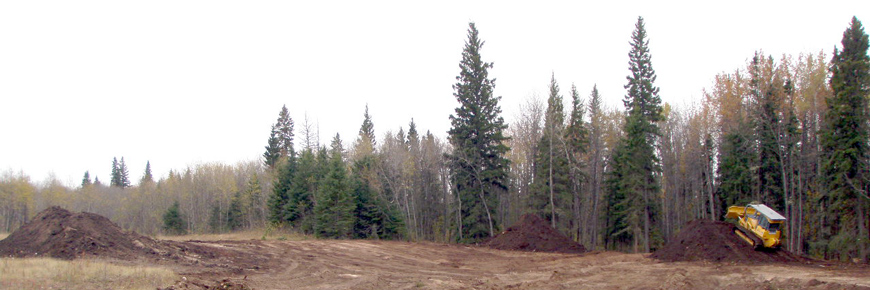
What is disturbed area rehabilitation
Elk Island National Park
Rehabilitation is an integral part of construction projects that happen within the park.
Best management practices are applied to try to avoid disturbing areas in the first place. Just a few examples include ensuring dirty equipment doesn’t carry new weeds into the park, restricting vegetation clearing during the bird nesting season, and avoiding areas near water to avoid tearing up the soil.
Sometimes disturbance is unavoidable. In these cases, rehabilitation usually means re-establishing a healthy topsoil layer and restoring native plant communities. When topsoil becomes mixed with other soil layers the soil condition becomes unhealthy and native plants have a hard time growing. Non-native plant species gain a competitive advantage and can quickly take over the area. To mitigate this potential problem, when soil is removed for construction the soil layers are stored separately to prevent mixing and make replacing healthy topsoil easier.
When construction is complete, plant ecology experts determine what combination of plants are native to the region and appropriate for specific areas of the park, and specify an appropriate seed mix to use in restoration projects. For example, forest, grassland, and wetland areas will have different plant species that grow optimally in those environments. Helping native plant communities grow back in disturbed areas is important to a healthy, functioning ecosystem.
Related links
- Date modified :